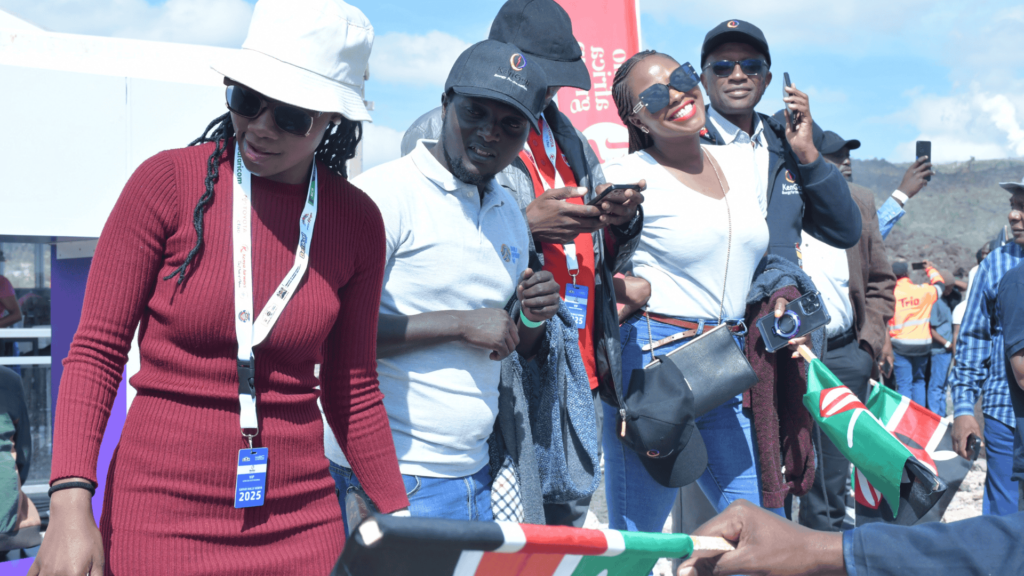Naivasha, Kenya—Naivasha is once again at the centre of international attention as the fourth edition of the World Rally Championship (WRC) Safari Rally unfolds. The three-day event has drawn thousands of enthusiasts from across Kenya, the wider East African region, and the global motorsport community. But beyond the spectacle of speed and machine, the rally raises deeper questions about economic impact, local empowerment, and Africa’s rightful place on the world sporting stage.
Flagged off by President William Ruto at Nairobi’s Kasarani Stadium on Friday, the rally’s return to Naivasha has reawakened memories of Kenya’s historic role in the global rally scene. Yet today, the context is different. It is not merely about hosting an international event, but about asserting an African identity in a sport long dominated by foreign narratives.
A Regional Affair with Local Aspirations
Estimates from the Nakuru County Tourism Association suggest that over 100,000 rally fans are expected to attend the event, despite the broader economic pressures facing most households. According to the association’s chairman, David Mwangi, the rally continues to place Naivasha on the map as a preferred tourism destination, citing the town’s natural charm, warm hospitality, and culinary excellence.

The influx of visitors has been welcomed by local businesses, with hotels, Airbnbs, and campgrounds fully booked. For many small business owners, the rally offers a short-lived but much-needed reprieve from a sluggish tourism season.
Mary Njeri, a vendor in Naivasha, expressed optimism that foot traffic would increase over the weekend. “The first day is always slow, but we are confident that more visitors will arrive. This is an opportunity for us to recover what we lost earlier in the year,” she noted.
Still, there are lingering concerns about whether the economic benefits of the rally are equitably distributed. While established hoteliers are recording full occupancy, smaller vendors and informal traders report slower-than-expected sales, raising concerns about inclusivity and access to opportunity.
Heavy Security Presence Raises Concerns
Naivasha Deputy County Commissioner Josiah Odongo announced that over 800 police officers have been deployed to ensure the security and safety of all participants and spectators. Key roads leading to rally stages, particularly Moi South Lake Road, are under tight surveillance, with hawking and roadside partying banned during the event.
While security is undoubtedly important, questions are being raised about whether such restrictions disproportionately affect local traders who rely on public gatherings for their income. The decision to enforce such strict controls has led some to question if the rally is being curated more for foreign audiences and corporate sponsors than for the Kenyan public.
A Continental Gathering in the Spirit of Unity
Beyond Kenya’s borders, the event has attracted strong regional representation, particularly from Uganda and Rwanda. Fans arrived draped in their national flags, singing, dancing, and celebrating African unity through sport.
James Wenangi, a rally enthusiast from Jinja, Uganda, spoke highly of Kenya’s hospitality. “This is more than a rally—it is a celebration of African solidarity. We have attended the past three events, and each one has strengthened the bonds between our countries,” he said.
Another Ugandan fan, Adam Namono, acknowledged that the turnout appeared lower than in previous years, but remained optimistic that numbers would grow as the weekend progressed. “This event is a fixture in our calendar. Regardless of the weather or terrain, we will always be present.”
Cultural Renaissance or Missed Opportunity?
While the presence of top global drivers such as Elfyn Evans, Kalle Rovanperä, Ott Tänak, and Thierry Neuville underscores the event’s international stature, it also raises the question: Is Africa simply hosting, or is it participating meaningfully?
The rally presents an opportunity for African nations to redefine their role in global motorsport. It is not enough to provide the terrain and the crowds. There must be investment in local talent, infrastructure, and media representation that places African narratives at the centre.
Kenyan fan Grace Wanjiku captured this sentiment aptly. “The Safari Rally reminds us of our history in global motorsport. But it also challenges us to think about the future. Are we just cheering, or are we building a generation of African drivers and innovators who will one day lead this sport?”
While the Safari Rally continues to showcase Kenya’s world-class terrain and hospitality, its long-term value will depend on how effectively the country—and indeed the continent—can convert such moments of global attention into lasting development and inclusion within the sport.







